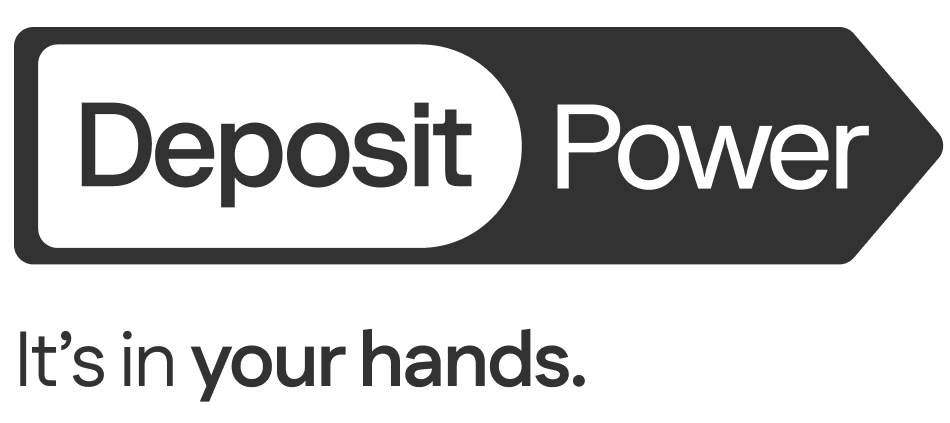After sitting on the sidelines for the past few years, first home buyers have re-entered the market following a decline in property prices over the past 12 months, according to Grant Bailey, General Manager of Deposit Power.
“With the property markets cooling in Melbourne and Sydney since early 2018, first home buyers have deemed it’s now more affordable to achieve their dream of home ownership,” Mr Bailey says.
Deposit Power have seen this reflected in their transactions with first home buyers, which increased from around 8% of total transactions in the last quarter of 2017 to around 12% in the last quarter of 2018.
Recently released Australian Bureau of Statistics (ABS) figures for March show first home buyers comprised over 27% of all new lending, marking that segment’s highest level since 2012.
The median house price in Sydney has been over $1 million dollars since March 2015. Based on the trend of recent price falls, that median is on track to go below that figure in the coming months.
“Sydney and Melbourne property markets have grown around 10% per annum for the past five years. The recent property correction has been driven by reduced availability of credit as a result of APRA-imposed restrictions that commenced in late 2014,” Mr Bailey says.
“This year Deposit Power is celebrating its 30th year of its launch in Australia and in that time, we have been through several property cycles. Each time the market has declined, we have seen increased uptake of the Deposit Power product by first home buyers,” he says.
The Federal Government’s recently announced First Home Loan Deposit Scheme, which will only strengthen the First Home Buyer market. In announcing the scheme, Prime Minister Scott Morrison stated, “The First Home Loan Deposit Scheme will mean first home buyers won’t need to save for a full 20% deposit”.
Mr Bailey says the scheme’s benefits are about time, cost and creating opportunity. “One of the significant additional costs first home owners incur when they borrow more than 80% of the property value is Lenders Mortgage Insurance which is often in the thousands of dollars. This initiative has the potential to do away with that significant impost as well.”
The First Home Loan Deposit Scheme has a proposed start date of January 1, 2020, and will be available to first home buyers who have saved at least 5% deposit, and earn under the income cap ($125,000 for individuals, $200,000 for couples). The value of homes eligible for purchase under the scheme will be determined by region. The Labor Party adopted the policy almost immediately after it was released by the Coalition.
“First home buyers may be borrowing more, but if you are buying four or five years sooner than you otherwise could, you could very well come out ahead,” Mr Bailey believes.
Mr Bailey identified the Central Coast and Sydney’s western and south-western suburbs as hotspots for first home buyers. “Suburbs like Penrith, Camden South and Caringbah have defied the property down turn in recent months, all recording price increases of over 5%,” he says.
Mr Josh Svenson from Central Coast real estate agency Property Central, notes that, “Compared to last year, there certainly appears to be more first home buyers looking, especially buyers from Sydney looking for properties close to rail links. I think one of the reasons for this is that historically they stepped out of the market as they could not compete with investors. Now there are less investors on the ground, the first home buyers are back.”
Mr Bailey says, “These days around 80% of first home buyers are getting financial help from their parents. So, when a first home buyer doesn’t have the full cash deposit available that the vendor wants and the parent does not want to sell an asset or use their equity to pay the deposit, a Deposit Power bond is a great solution.”
How does a deposit bond work?
The deposit bond enables the vendor to secure a pre-qualified purchaser when they otherwise might not be able to due to the purchaser having their funds tied up at the point of contract exchange. Come settlement, if the purchaser fails to complete on the purchase, the vendor claims the 10% Deposit Bond from the issuer. Deposit Power says a $50,000 deposit bond for up to 6 months costs about $650, equating to 1.3% of the bond amount.
